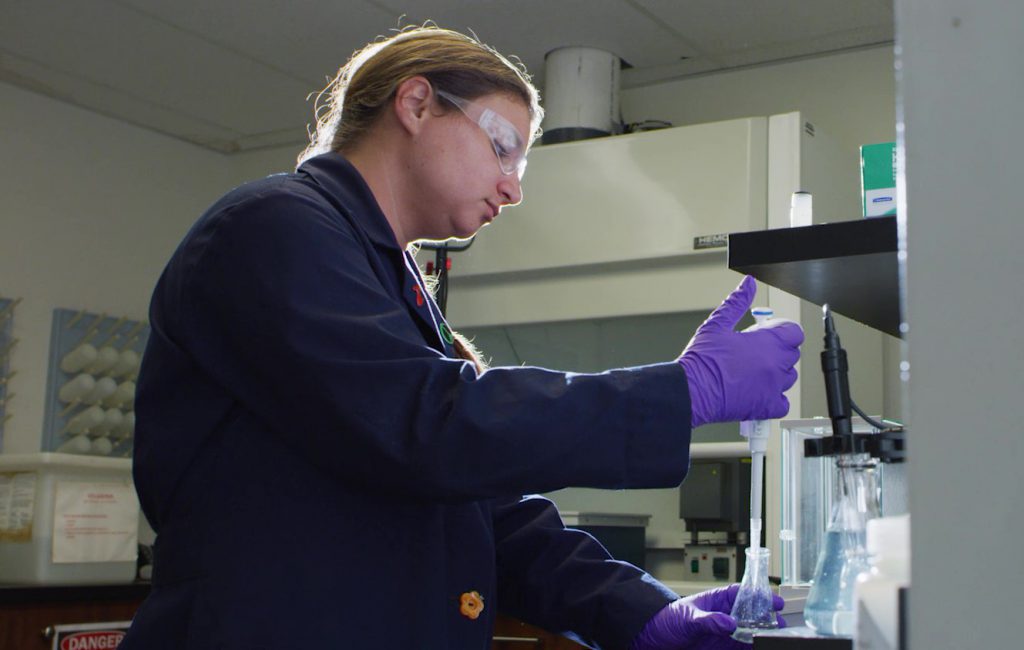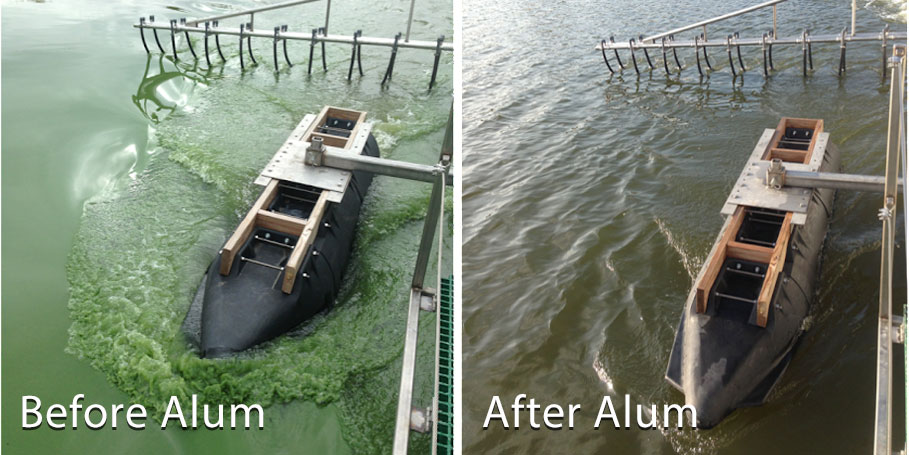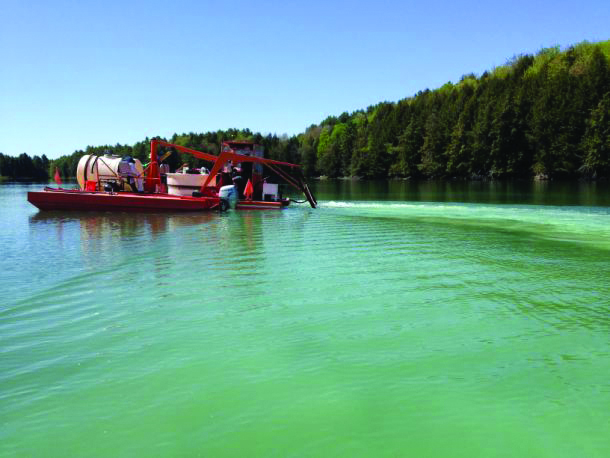
Water Quality Testing & Lake Assessment Packages
Water quality monitoring, testing, and restoration are the backbone of any long-term integrated lake or pond management program. Knowing the chemical and biological constituents and demands on your waterbody, and understanding their impacts on water quality, is essential. The ability to understand and quantify this information, combined with the knowledge and tools necessary to implement a program that utilizes this information to bring balance to your system, will be the key to long-term success.
Nutrient Pollution
Most of the issues lake or pond owners and managers will face can be traced to an imbalance in the water quality. Excess nutrients like phosphorus and nitrogen play a key role in causing nuisance pond algae blooms, poor water clarity, foul odors, the health of aquatic life, etc. Dissolved Oxygen, pH, alkalinity and other parameters play an equally important role in the health of the aquatic system. The chemical and biological oxygen demand on your lake or pond at a given time tells us a lot about current conditions and the likelihood of having issues develop. Most importantly, understanding each of these things and the ratios between them will help you understand where the imbalances exist, and what strategies would best solve the issues caused by these imbalances.
SOL Pro Plans & Lake Data Collection
Restoring Balance
Different bodies of water might also require different management strategies depending on the use and the goals for that waterbody. Stormwater ponds will need different programs than a recreational lake or pond that you are managing for quality fishing. Golf course lakes will have different issues and needs for their water than you might expect for a homeowner association pond.
Successful lake and pond management strategies begin with establishing a baseline understanding of the current conditions, developed through good water testing data, and using that data to develop a prescription water quality restoration program that is tailored to your specific needs and goals. With this approach, your chance for long term success is maximized and ecological balance and sustainability can be achieved.













